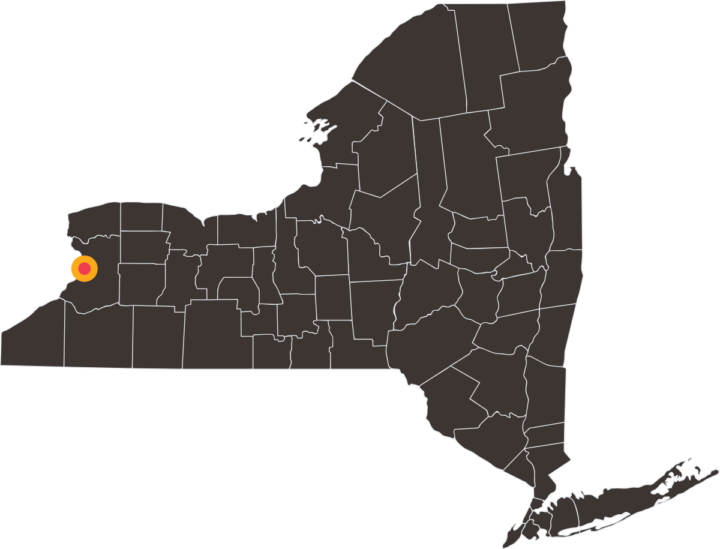Schenectady Police Department
Civil Liberties Union

Based on information we’ve gathered, we have found that the Buffalo Police Department:
In the five-year period between 2011 and 2015, the Buffalo Police department took 14,503 enforcement actions for 2nd Degree Harassment, 7,283 for Unlawful Possession of Marijuana, and 4,935 for Disorderly Conduct. Black residents account for 37% of Buffalo’s residents, compared with 63% of enforcement actions for the three offenses.Of enforcement actions for possession of marijuana, 75% were against black residents.
Police department policies need to embrace clear commitments to the prevention and elimination of bias. Departments must have policies that prohibit differential treatment by officers motivated by factors like a person’s actual or perceived race, ethnicity, color, religion, national origin, citizenship status, age, sexual orientation, gender, gender identity, disability, or housing status. And once these policies are in place, department leaders need to hold officers who engage in bias-based practices accountable.
The disproportionate impact of policing abuses against certain communities, particularly communities of color, has been at the center of national conversations about police reform. Bias-based policing weakens public safety and can result in daily violations of people’s constitutional rights to be free from discrimination. But the Buffalo Police Department didn’t provide us with any policies aimed at preventing this.
In the three and a half year period between 2012 and 2015 (excluding the first 6 months of 2013 due to missing data from the department), 1,002 complaints were filed, roughly half of which were initiated within the department. On average, one of every six officers was the subject of an external complaint annually.
Between January 2012 and May 2015, the Internal Affairs department launched 1,169 investigations. It is unclear whether or how these investigations overlap with complaint data provided by the department. Of the 1,083 investigations that were completed at the time the data was produced, 53% were not sustained by the department.
The policy documents we received from the department are linked below, but we did not receive data on the number of stops conducted by the Buffalo Police Department. No reason was provided.
In the four-year period between 2012 and 2015, the Buffalo Police Department reported 1,955 use of force incidents. This is equivalent to an annual rate of two incidents per three officers. Of those against whom forced was used, 18% were reported to have sustained an injury. In addition, the department provided 12 Firearm Discharge Reports. Of these, four reported that the person was shot, one of whom was killed during a traffic stop.
The information provided by the Buffalo Police Department did not include any demographic information about the people against whom force was used.